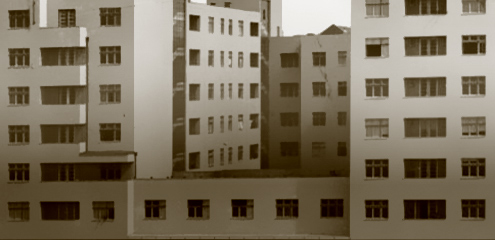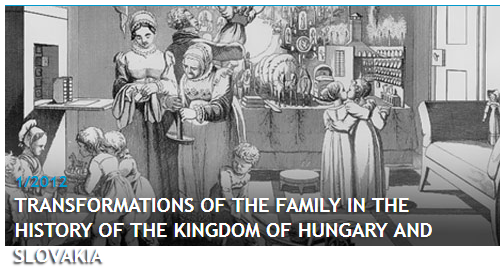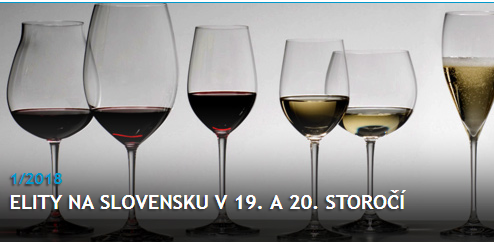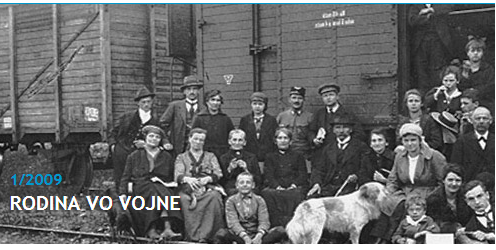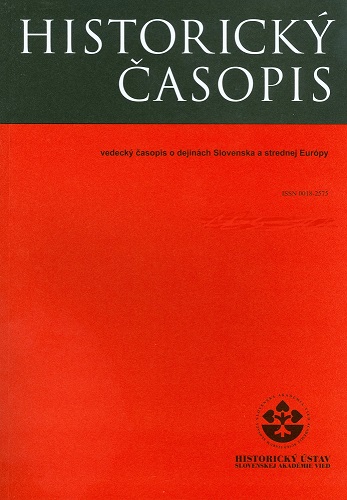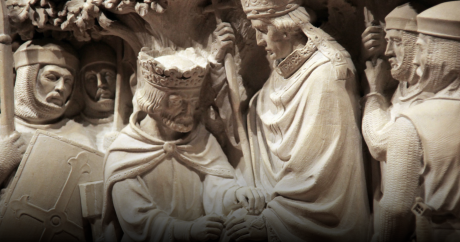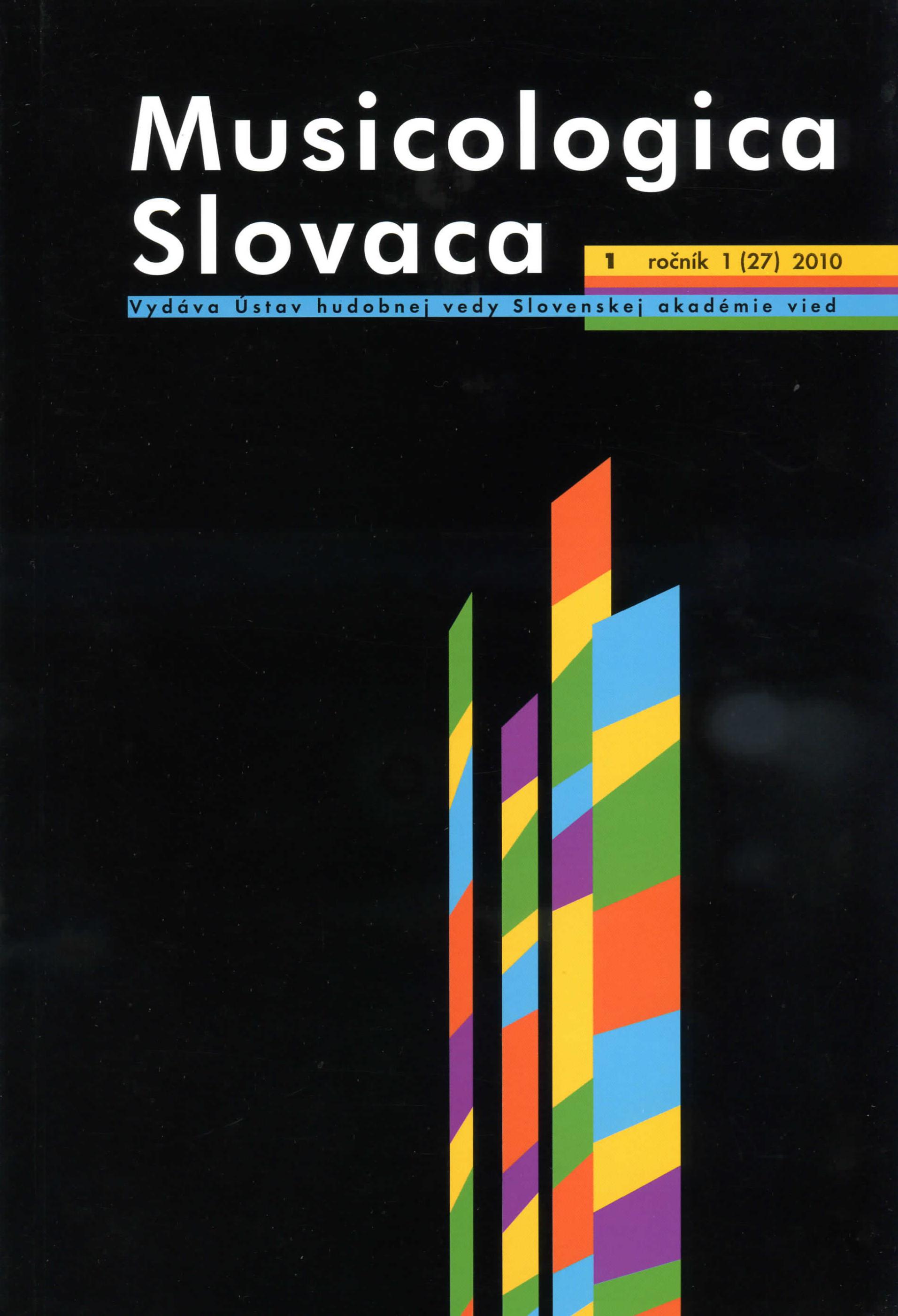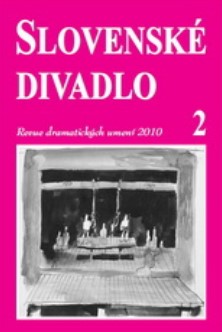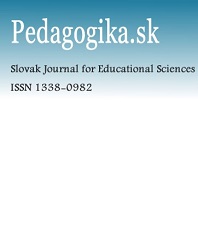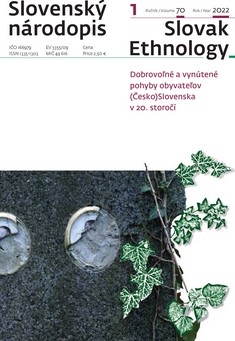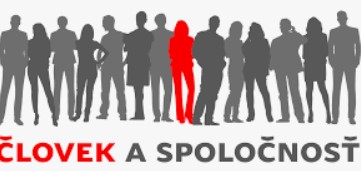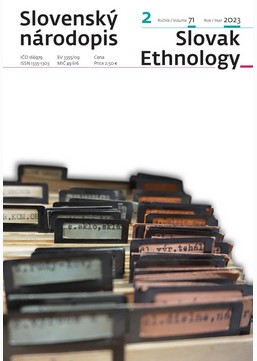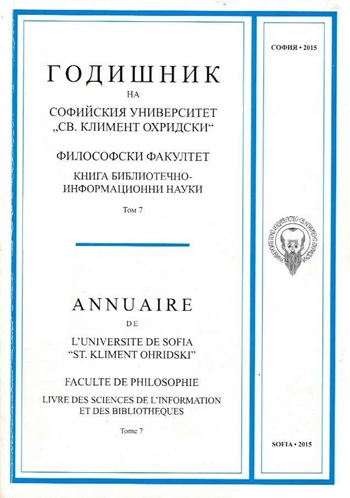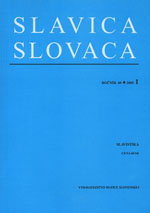
Andrej Deško a Bohuš Nosák-Nezabudov o kultúrnych stereotypoch na východnom Slovensku a v Podkarpatskej Rusi v 40. rokoch 19. Storočia
Historical factual and literary documents testify not only about described phenomena and current period, but also about ideological structure of society and its individual relations. Andrej Deško and Bohuš Nosák-Nezabudov described cultural, linguistic, confessional and political structure of society of Eastern Slovakia and Subcarpathian Ruthenia taking into account the religious, social, economic and political stereotypes that formed not only simple population, but also representatives of national-revival life in the 40s of the 19th century. Although only A. Deško was indigenous who knew conditions in Subcarpathian Ruthenia by his own autopsy, Bohuš Nosák-Nezabudov had also knowledge acquired before and during the travels in Eastern Slovakia and Subcarpathian Ruthenia. Even his descriptions brought a wide range of information that can be appreciated in the systematic Slavistic researches of the Carpathian region and other researches focused on linguistic, ethnic and confessional stereotypes as well as linguistic and cultural diversity of its population.
More...
